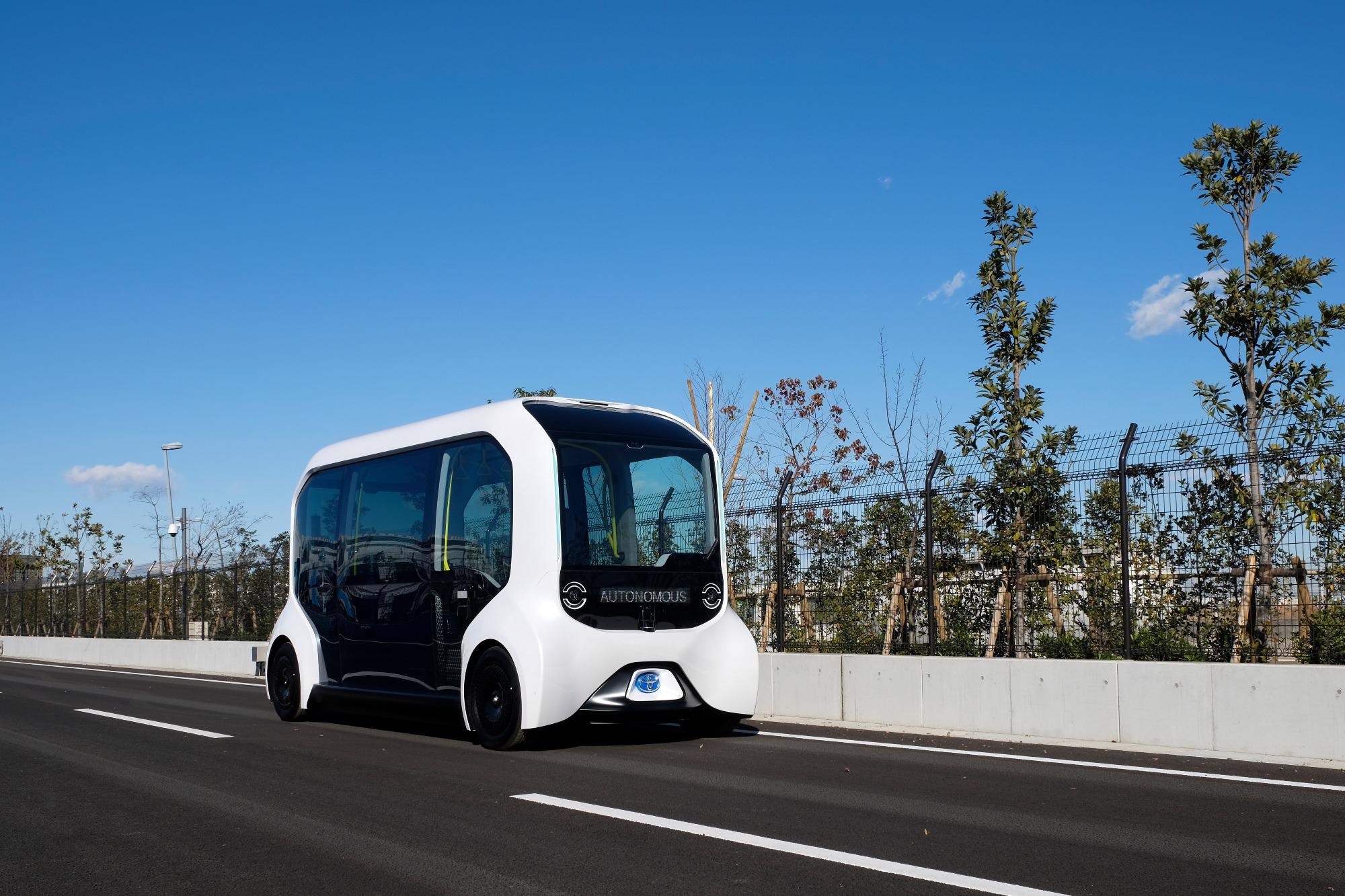Toyota has developed a system to manage the operation of its e-Palette autonomous battery electric vehicle, to deliver goods, services, and mobility to people when and where they are needed.

Image Credit: Toyota
Working with a range of partners, it intends to test the vehicles in a real-world environment in Woven City, the prototype fully connected community Toyota has helped establish at the foot of Mount Fuji in Japan. Their Autono-MaaS – autonomous mobility as a service1 – applications will also pave the way for future mobility services to be made available in other areas and regions through the early 2020s.
The e-Palette is a symbol of Toyota’s transition from auto-maker to mobility provider, a vehicle that goes beyond scope of cars to offer new services and value. It debuted at the 2019 Tokyo Motor Show and was due to have served as an automated bus service for athletes and officials at the Tokyo 2020 Olympics and Paralympics, now postponed until July 2021.
Toyota recognizes how the Covid-19 pandemic has changed the way people lead their lives, creating more diverse mobility needs, such as necessary social distancing between passengers, and increasingly requiring that goods and services are brought to people, rather than people traveling to access them. A smaller, aging society will generate further mobility issues and increase demand for new services that the e-Palette and other Autono-MaaS options can help address.
To meet this kind of demand, Toyota is applying the “just-in-time” principle that is central to the Toyota Production System (TPS), developing mobility services that “go where they are needed, when needed and on time” to deliver goods and provide services. The concept has been used to design an operations management system for e-Palette vehicles. This introduces new functions on Toyota’ Mobility Services Platform (MSPF)2 and will consist of an Autonomous Mobility Management System (AMMS) to connect to vehicles and the e-Palette Task Assignment Platform (e-TAP) to connect to people. The system will reduce customer waiting times and alleviate congestion to ensure services are provided safely comfortably and with peace of mind.

Image Credit: Toyota
The e-Palette vehicles can be dispatched when and where they are needed, in the right number. Flexibility allows schedules to be changed as necessary, with vehicles dispatched and returned automatically, according to real-time mobility needs. When additional vehicles are introduced, the operating intervals can be adjusted to ensure even spacing of services.
Any vehicle problems are automatically detected; the affected vehicle is returned to the depot and a replacement is dispatched immediately to maintain smooth service. In an emergency, vehicles can be stopped and returned to service remotely, with an extra level of safety management to give passengers complete peace of mind.
Drawing on the jidoka element of TPS (automation with a human touch), e-TAP has been introduced as a visual management function. Any issues with the vehicles or workers are presented as visual alerts, so that a single person can manage several vehicles, rather than one person constantly monitoring one vehicle, reducing the number of team members required. Working instructions are delivered to the operating staff automatically, including onboard operators and maintenance crews. Task management, including delay and front-loading, makes for shorter maintenance lead-times and the provision of high-quality services, even with limited numbers of workers.
Woven City is a human-centric prototype community where technologies such as automated driving, MaaS, personal mobility, robotics, smart homes, and artificial intelligence can be developed and tested. The planned operation of e-Palette vehicles there will provide a real-world learning environment which will help the platform evolve and deliver services to customers. Toyota aims to work with partners to commercialize e-Palette in different markets and regions through the early 2020s.
1Combination of “autonomous” and “mobility as a service,” describing Toyota’s use of automated driving vehicles to provide mobility services. 2An open platform for giving mobility service providers access to a range of API-based functions required by mobility services.
Source: https://media.toyota.co.uk/